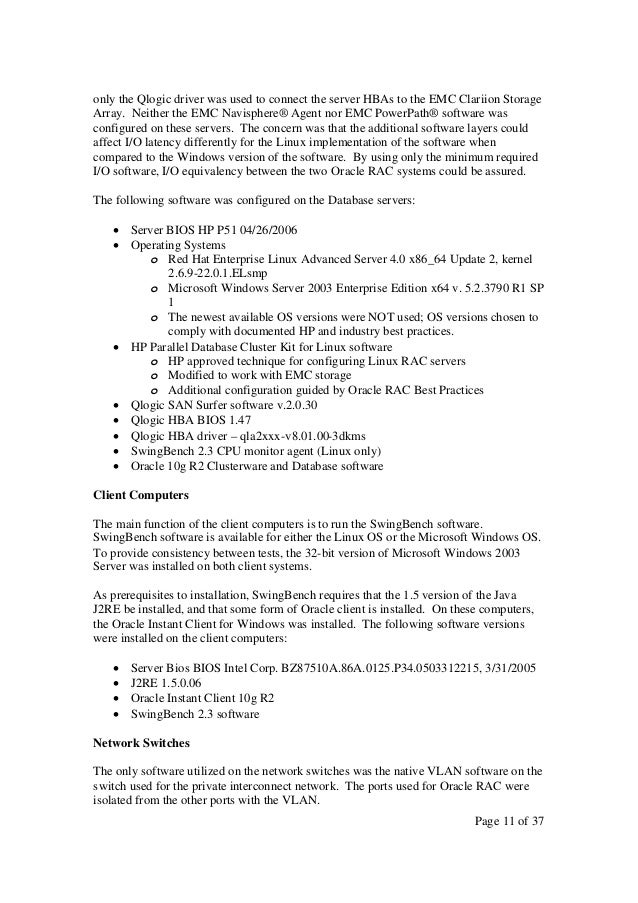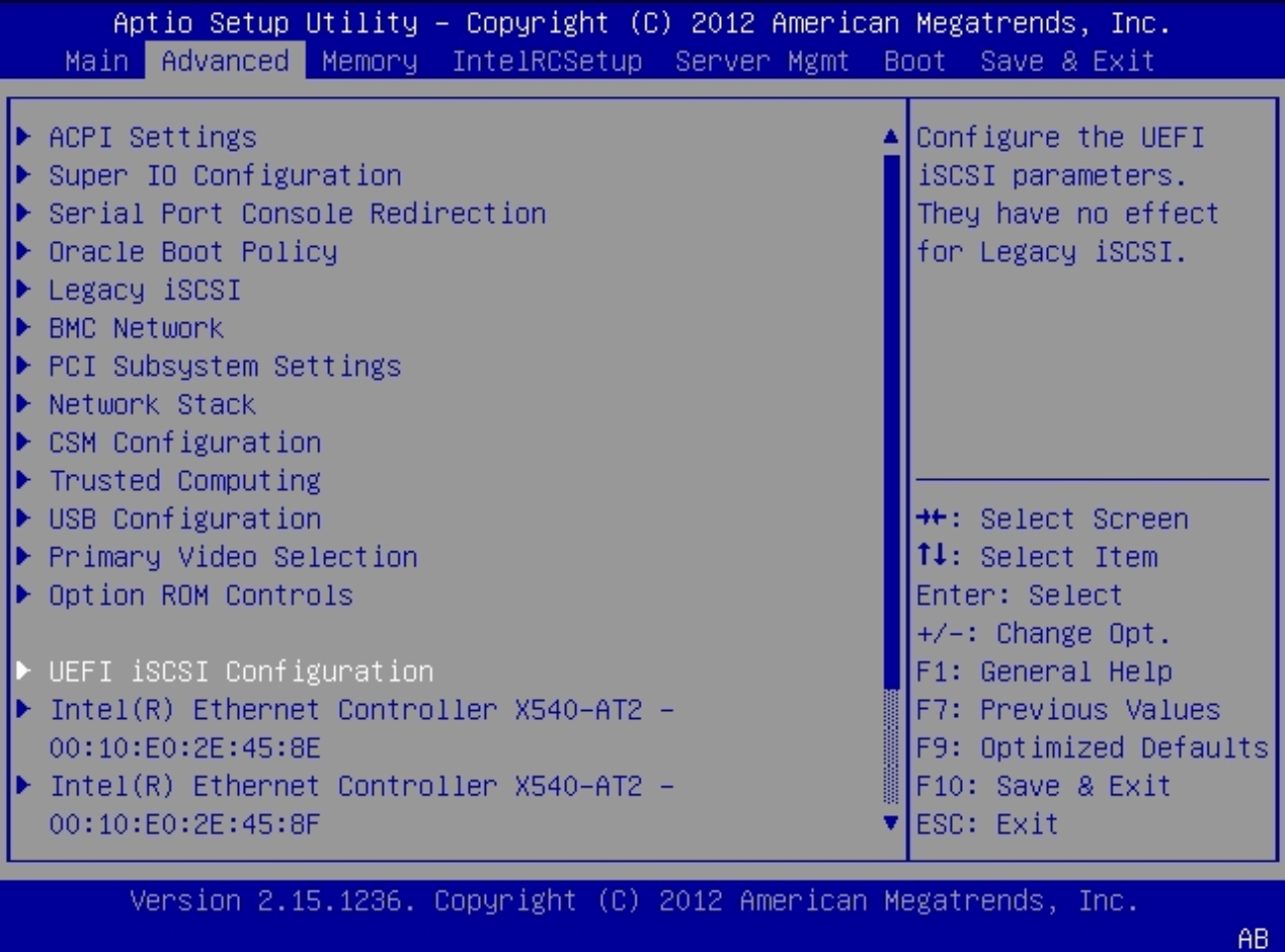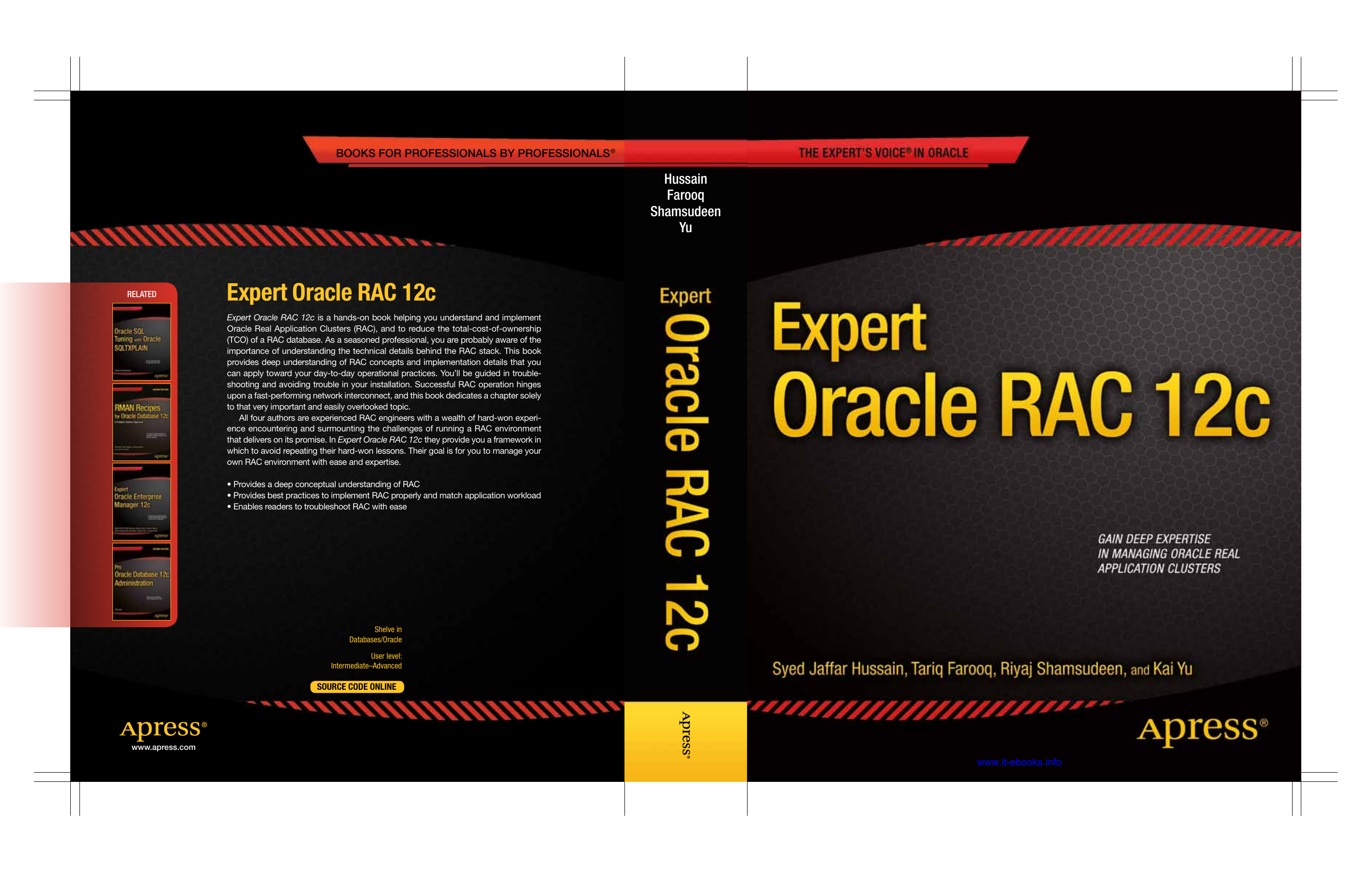Oracle Scsi & Raid Devices Drivers
| Home E-mail Us Oracle Articles New Oracle Articles
|
Oracle Scsi & Raid Devices Driver Updater
Oracle VM VirtualBox can emulate the most common types of hard disk controllers typically found in computing devices: IDE, SATA (AHCI), SCSI, SAS, USB-based, and NVMe mass storage devices. IDE (ATA) controllers are a backwards-compatible yet very advanced extension of the disk controller in the IBM PC/AT (1984). Oracle® VM Server for SPARC 3.6 Administration Guide Configuring virtual SCSI HBAs and virtual SANs is very flexible. The physical SCSI HBA initiator port that is used by the ldm add-vsan command can drive any type. Go to main content.
The SCSI-2 reservation ioctl used is part of the SCSI-2 command set. This is commonly implemented in most modern disk firmware. However, the reservation call is neither persistent, or capable of surviving reboots, nor able to cope with multiple paths to the same device.


SCSI can be used on virtually all systems, NT, Windows 2000, Linux, UNIX, AIX, you name it. SCSI is the most widely used disk interface method going. However, there is virtually no ability to tune the actual interface. There are only a couple of basic parameters that you or your SA can use to affect a change in the performance of the interface itself. Tuning the SCSI Interface in Windows There are two ways to change the SCSI settings for a Windows SCSI system. The first is during the install of the driver or during a reboot, usually the system will provide you with a way to get into the SCSI configuration utility when it starts up. The second is via registry edit. Registry edit is a frightening method to do anything in Windows, one wrong entry could result in your system not starting properly or in data corruption or loss. Now that I've scared you, let's discuss the registry edit method for adjusting your SCSI interface. The items which can be tuned in Windows are located in (or added to) the registry key: HKEY_LOCAL_MACHINESYSTEMCurrentControlSetServicesaic78xx Where the 'aic78xx' is replaced with the name of your controllers driver. The values that can be edited will usually have to be added as values: DisableTaggedQueuing - A non-zero value disables tagged queuing for SCSI devices. Do not turn off tagged queuing! Tagged queuing improves performance in most situations. This is a REG_SZ data type. (binary) DisableSynchronousTransfers - A non-zero value indicates that the SCSI host adapter is not to initiate synchronous negotiations, but can accept negotiations from a SCSI target node. This is a REG_SZ data type. (binary) DisableDisconnects - A nonzero value indicates that targetsare not able to disconnect during a transfer. This is data type REG_DWORD. (DWORD) MaximumLogicalUnit - This can limit the scan for connected devices on the SCSI bus. Values are 1-8. If 1 is specified then the SCSI manager assumes no LUNs greater than 0 are present. This is data type REG_DWORD. (DWORD) MaximumSGList - Specifies the maximum number of Scatter/Gather elements. The valid range of values is 17-255. This one's data type is REG_DWORD. (DWORD) These values are added by using the following procedure: 1. Click on the Start button. 2. Select the Run menu item 3. In the Run dialog box, enter the appropriate registry editor name (may be regedit32 or just regedit) 4. Press the Enter key 5. Open the registry list to the appropriate location, for example: HKEY_LOCAL_MACHINESYSTEMCurrentControlSetServices<driver>ParametersDevice 6. If the keys (Parameters and Device) listed above do not exist, you will have to add them by right clicking on the driver name and selecting the proper drop-down boxes. See Figure 3-1. Figure 3-1: Adding a Key 7. To add a specific host adapter append Device with its indicator, device zero would be Device0. If the number is not specified the configuration information applies to all SCSI family host devices. 8. Right click on the Device key. 9. Select Add Value from the Edit menu. In the Value Name edit box, enter one of the valid parameter values. Make sure to enter the appropriate data type for the value and make sure you use the proper case exactly as they are specified. Repeat 8 and 9 for all additional keys. See Figure 3-2. Figure 3-2: Adding Values to the Device Key There are additional device specific parameters that can also be modified or added. These are: /INSTRUMENTATION - enables recording of I/O statistics and errors. If this option is not specified, instrumentation defaults to disabled. Instrumentation is nice for trouble shooting, but does cost CPU and IO cycles, so only turn it on when needed. This is data type REG_SZ. /INSTR_ERRLOG_Z=nnn - This sets the maximum number of error log entries to maintain, and defaults to 32. The valid range is 1-128. This is data type REG_SZ. /MAXTAGS=nnn - This specifies the tagged queue depth. If a number is not specified the tagged queue depth defaults to 128. The valid range is 1-255. The larger the value in most cases, the more commands can be aggregatedand performance is improved. The data type for this is REG_SZ. This is probably the most important parameter for performance. /HOTPLUG - This enables the capability to use hot-plug PCI features. This will default to no hot-plug capability if not specified. This item has no value; it is just a tag. These are added to a new parameter added at the device level called DeviceParameters, which is a string value. The parameters are added as a space separated list. See Figure 3-3. Figure 3-3: Device DriverParameters Value You need to look at your adapter manual (you may have to download a copy from the device manufacturer’s website) for the parameters that can be added or modified for your adapter. Download sealed unit parts port devices driver. Under Linux, the SCSI interface is tuned either by specifying parameters in the boot command of the Grub or Lilo boot file or by specifying options in the /etc/modules.conf file. Let's look at examples of both of these. The relative performance of the interface can be measured in Linux using the hdparm command with the -Tt option. Note that the IEEE1394 interface is treated as a SCSI interface in Linux. The following examples are for tuning the generic SBP2 interface, but the techniques can also be supplied to specific SCSI drivers. First, let's look at the current settings for the interface. You get those by looking under the LUN number in the /proc/scsi/sbp2 directory. This example used LUN 0. [root@aultlinux1 root]# cat /proc/scsi/sbp2/0 IEEE-1394 SBP-2 protocol driver (host: ohci1394) Now we run a timing test to determine the average speed for the interface as-is (run this several times and average the results): /dev/sda: Now we will set the values for the SBP2 options in the /etc/modules.conf file. We are doubling the outstanding commands to 16 and increasing the commands per LUN to 2: alias parport_lowlevel parport_pc Now we reboot so the settings will take effect, then re-check our settings in /proc/scsi/sbp2/0: [root@aultlinux1 root]# cat /proc/scsi/sbp2/0 Our settings have been modified, now let's re-run the timing test: [root@aultlinux1 etc]# hdparm -Tt /dev/sda /dev/sda: From a simple modification, we improved SCSI speed for this device by 11.25/9.33*100= 120.6 percent. Overall, a 20% speed improvement. Subsequently we doubled, quadrupled and eventually got to a setting of 255 for the maximum outstanding commands, the performance peaked at 11.25 MB/sec with 16 as a setting. If the servers being tuned are in a cluster, all of them should have the same settings. SCSI tuning under UNIX is dependent on the version of UNIX involved and the SCSI card or mother board interface being tuned. Let's look at SUN. On any system, SUN included, the system bus has a fixed bandwidth. If there are too many devices on the bus this will result in more traffic than the bus can handle, which then results in contention and packet loss.
Whenever possible, similar cards should be placed on the same board so the interrupts are directed to the same CPU (and associated caches). Figure 3-1 shows some typical SUN system bus capacities: Download ricoh cameras camera. Figure 3-1: Typical Bus Capacities Peripheral Buses The two peripheral buses on Sun systems are Sbus and PCI bus. Sbus typically runs at 20-25MHz and provides 32 or 64 bit sizes. The peak Sbus bandwidth is 200 MB/s. The PCI bus runs at 33 or 66MHz and may be 32 or 64 bit. The peak PCI bus bandwidth is 528 MB/s. Almost all add-on SCSI adapters will plug into the PCI bus. |
Oracle Scsi & Raid Devices Driver Win 7


